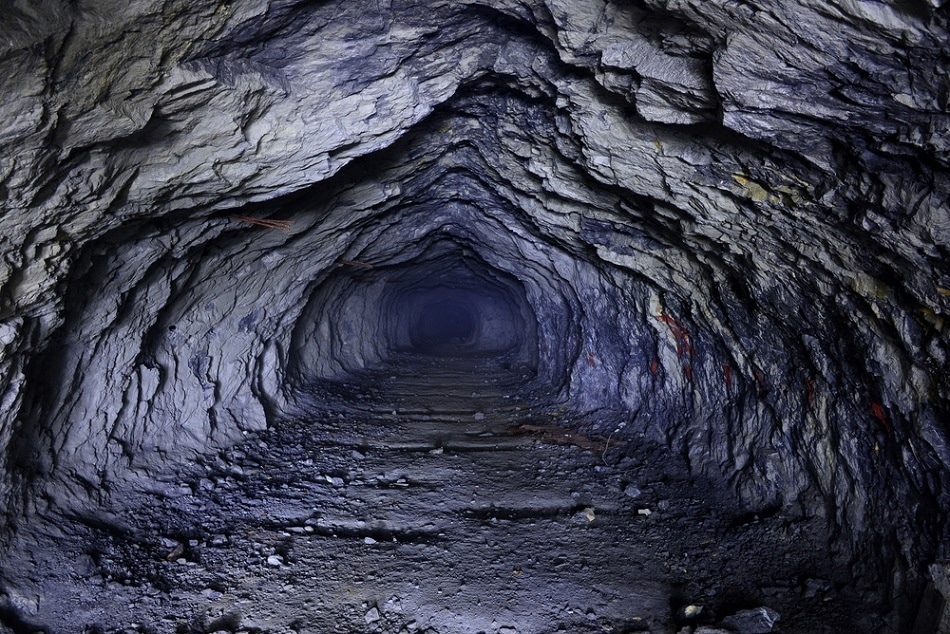
The combustion of either methane, which is released during the extraction of coal from the walls of the mines, coal dusts or a combination of both, are the sources of coal mine explosions that have claimed the lives of thousands.
Since 2009, the United States government has set regulations that require the implementation of refuge alternatives to prevent trapped miners from experiencing deleterious, and often fatal, health effects. A refuge alternative describes an isolated, secure and enclosed area within the mine that protects workers who may be trapped within the mine from exposure to potential explosions and the inhalation of toxic fumes1.
What is a Refuge Chamber?
In compliance with the federal requirements, refuge chambers, which have also been referred to as portable life support systems, are confined environments that are required to be present within each coal mine2. These fire- and crush-resistant chambers play a critical role in the emergency response for potentially trapped miners.
In order to support occupants for a maximum of four days if required, refuge chambers must be equipped with air conditioning units, electricity, air supply systems, proper sanitation, food, water, lighting and first aid supplies.
Dräger Mine Refuge Chambers
Based in Kingston, Ontario, Dräger solutions offer a number of refuge chambers that meet the local safety and mine requirements while also specifically adhering to the specific requirements of the mine.
Dräger’s MRC5000 chambers offers enough space for up to 20 occupants to remain in the chamber for 24-36 hours3. The MRC5000’s walls are not only equipped with layers of insulation, but also air locks at the chamber entrance that completely eliminates the potential entrance of harmful gases present within the mine to enter the chamber.
Additionally, the Dräger chambers are equipped with gas detection sensors capable of measuring oxygen, carbon dioxide, carbon monoxide, methane and other harmful gases aswel asadditional safety equipment that is incorporated into the specifically created shelters.
Strata Coal Refuge Chambers
The Strata Coal Refuge Chambers are explosion-proof steel-walled shelters that are equipped with air supply sources and a compressed air internal environment to prevent outside gas entrance into the chamber.
Current research developments by Strata are looking towards incorporating soda lime chemicals to act as “carbon dioxide scrubbers” within the refuge chamber. Specifically designed to eliminate any dust particles that may enter the chamber, the SodaSorbTM Cartridges are stand-alone systems that play an important role in ensuring that breathable air is provided to trapped workers4.
Training Workers on Refuge Chambers
While the implementation of such systems is an essential aspect of protecting the health and wellbeing of the coal miner, it is also imperative that all miners receive the proper training on how to access and run refuge chambers within their given mine.
The first and most important aspect of this training process is to instruct miners on how to not only make the decision of when they should seek shelter within a refuge chambers, but also on what the workers can expect to occur within a 1-3 day lifetime of the chamber.
Training sessions most often involve a stimulated underground mine emergency that requires trainees to make rapid decisions on how they would react to the given situation.
The National Institute for Occupational Safety and Health (NIOSH) continues to dedicate a great deal of their resources to not only improve training processes, but also support research efforts. These efforts are being made towards creating long term refuge chambers that can sustain the health of miners if an explosion or other disaster is drastic enough to require such a lengthy time period for the air to become purified once again.
Image Credit:
Albert Russ/ Shutterstock.com
References:
- “Mining Topic: Refuge Chambers” – Centers for Disease Control and Prevention
- “Refuge Alternatives for Underground Coal Mines; Final Rule” – National Archives and Records Administration
- “Ensuring mining safety – at the surface or ground, for coal or metal/non-metal mines” – Drager
- “Chambers” – Strata Worldwide
Disclaimer: The views expressed here are those of the author expressed in their private capacity and do not necessarily represent the views of AZoM.com Limited T/A AZoNetwork the owner and operator of this website. This disclaimer forms part of the Terms and conditions of use of this website.